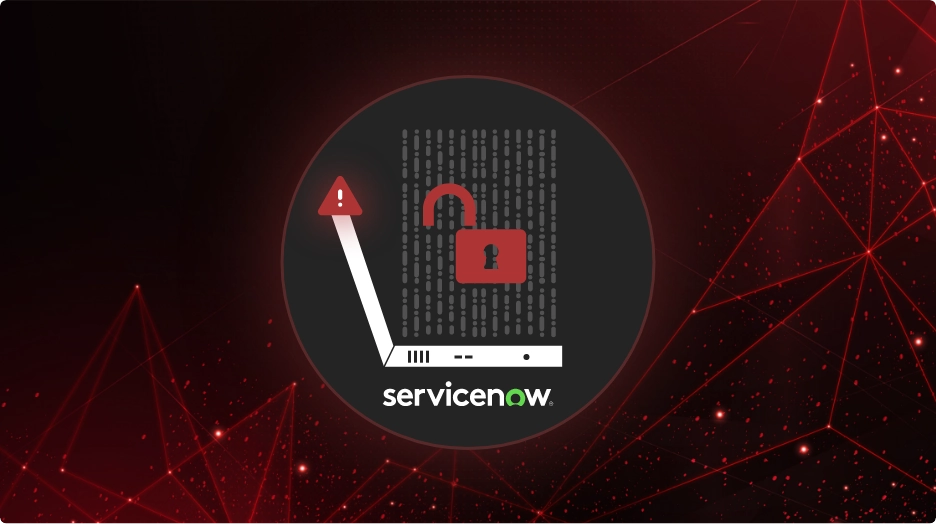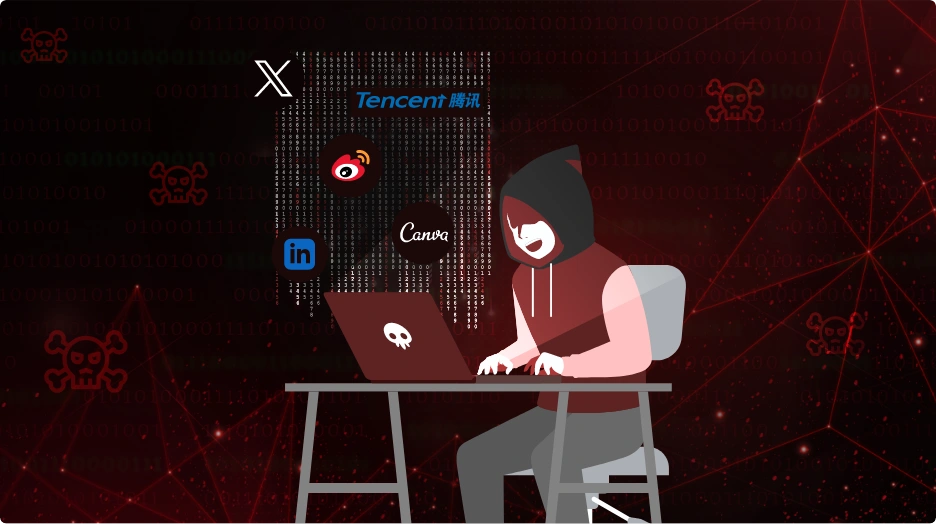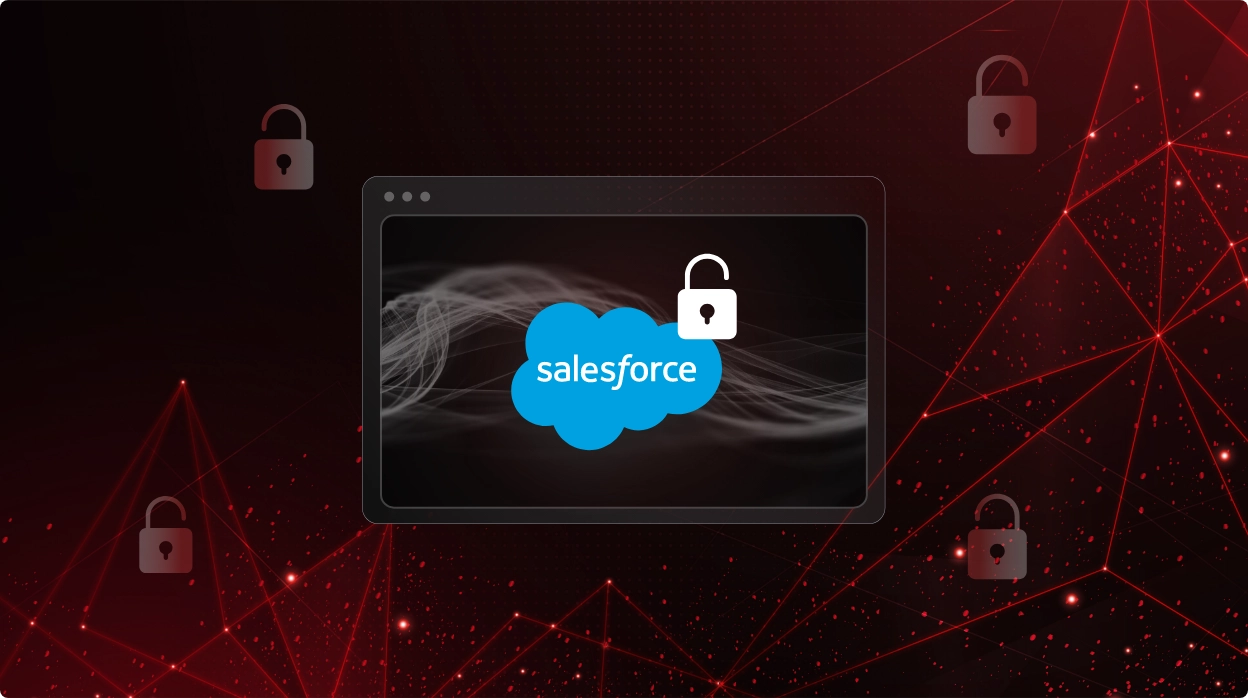
CheckRed Editorial
Case Study – Discussing ServiceNow’s New Misconfiguration
ServiceNow plays a pivotal role in streamlining business operations. However, a recent revelation of potential misconfigurations within the platform has raised concerns. These misconfigurations may unintentionally expose sensitive corporate data, making it a critical security issue.
This case study delves into the heart of this matter, shedding light on the ServiceNow misconfiguration issue. It explores the significance of the problem, the security implications, and offers insights into how ServiceNow users can address these vulnerabilities. With an eye on proactive security measures, let’s uncover the intricacies of ServiceNow’s new misconfiguration and how to mitigate it effectively.

ServiceNow – A Brief Background
ServiceNow is a cornerstone of modern business operations, serving as a versatile cloud-based platform that streamlines IT service management, operations, customer service, HR, and more. It acts as the central nervous system for various organizational functions, housing critical data and workflows.
Security is paramount in ServiceNow due to its broad reach within an organization. It holds the keys to IT tickets, classified knowledge, employee details, and more. Misconfigurations in ACLs can expose these treasures, making it essential to understand and address the security implications of ServiceNow’s misconfiguration issue.
The Issue at Hand
The ServiceNow misconfiguration issue revolves around Access Control Lists (ACLs). Access Control Lists are the gatekeepers in ServiceNow, ensuring that the right people access the right information. These ACLs grant or deny permissions to tables and columns, acting as a protective layer for sensitive data. ServiceNow’s default deny approach means that access is restricted unless explicitly granted, a crucial factor given the sensitive nature of the information it handles.
Some ACLs have been found to be configured with “emptiness,” meaning they lack restrictions such as roles, conditions, or scripts. This seemingly minor omission has major implications – it grants access to data without discrimination.
Empty ACLs create an open door for unintended data access. Anyone, including guest users, can potentially view sensitive information, such as IT tickets, classified knowledge, and employee data. This issue poses a significant security risk, as data breaches or unauthorized access could occur.
However, a noteworthy exception exists for public portal widgets, like the SimpleListWidget. These widgets are designed to be accessible to unauthenticated users, which means they don’t follow the same strict access control rules applied to other parts of the system. While SimpleListWidget respects the underlying ACL system, it doesn’t adhere to the usual authentication restrictions, making it a focal point for potential data exposure. Understanding and addressing this misconfiguration issue is vital to safeguard sensitive corporate data.
ServiceNow’s Response
ServiceNow has taken a proactive stance in addressing the misconfiguration issue. They are actively investigating and closely monitoring reports of the problem in various online resources. While the situation evolves, ServiceNow is committed to providing solutions and guidance to their customers.
Remediation Measures
To address the ServiceNow misconfiguration issue, customers can follow these key remediation steps:
- Review and Refine ACLs: Begin by examining your Access Control Lists (ACLs). Ensure they align with your specific business and security requirements. This step is crucial in controlling who has access to sensitive data.
- Public Widget Assessment: Evaluate public widgets within your ServiceNow instance. If they don’t align with your use cases, consider setting the “Public” flag to false. This action limits access for external users.
- Enhanced Security Measures: Strengthen your security posture with IP Address Access Control. Restrict access to known, trusted IP addresses, adding an extra layer of protection. Consider implementing Adaptive Authentication policies for more granular control, allowing mobile access while limiting access to specific IP ranges.
Proactive remediation of these potential vulnerabilities is essential to safeguard your data and maintain the integrity of your ServiceNow environment. This strategic response highlights ServiceNow’s commitment to securing their platform and assisting customers in mitigating this potential security risk.
SSPM – How It Can Help
SaaS Security Posture Management (SSPM) has become a pivotal concept in the context of modern cybersecurity. It holds immense significance as organizations increasingly rely on Software as a Service (SaaS) applications to drive their operations. SSPM helps to address the growing complexity of SaaS applications, like ServiceNow, and their associated security challenges.
SSPM tools offer organizations a proactive approach to manage and secure their SaaS applications. They provide a holistic view of an organization’s SaaS ecosystem, helping identify vulnerabilities and misconfigurations.
Through comprehensive monitoring, SSPM tools enable organizations to enforce security policies, identify risks, and swiftly remediate issues. Their capabilities result in an effective shield against potential threats and breaches, aligning the security posture with business needs.
CheckRed – The Way Forward
CheckRed offers in-depth visibility into SaaS applications, helping organizations identify and address potential risks in a proactive manner. It excels at identifying misconfigurations, one of the key security concerns in SaaS platforms like ServiceNow. With CheckRed, ServiceNow users can proactively detect and remedy these misconfigurations, safeguarding their sensitive data and ensuring regulatory compliance.
The capabilities of CheckRed extend to risk detection, compliance assessment, and continuous monitoring, making it an invaluable asset in modern SaaS security. It’s a trusted partner for organizations aiming to protect their critical assets while harnessing the full potential of SaaS applications.
See CheckRed in Action
Dive into the future with our interactive demo
and explore the possibilities.
Related Posts




